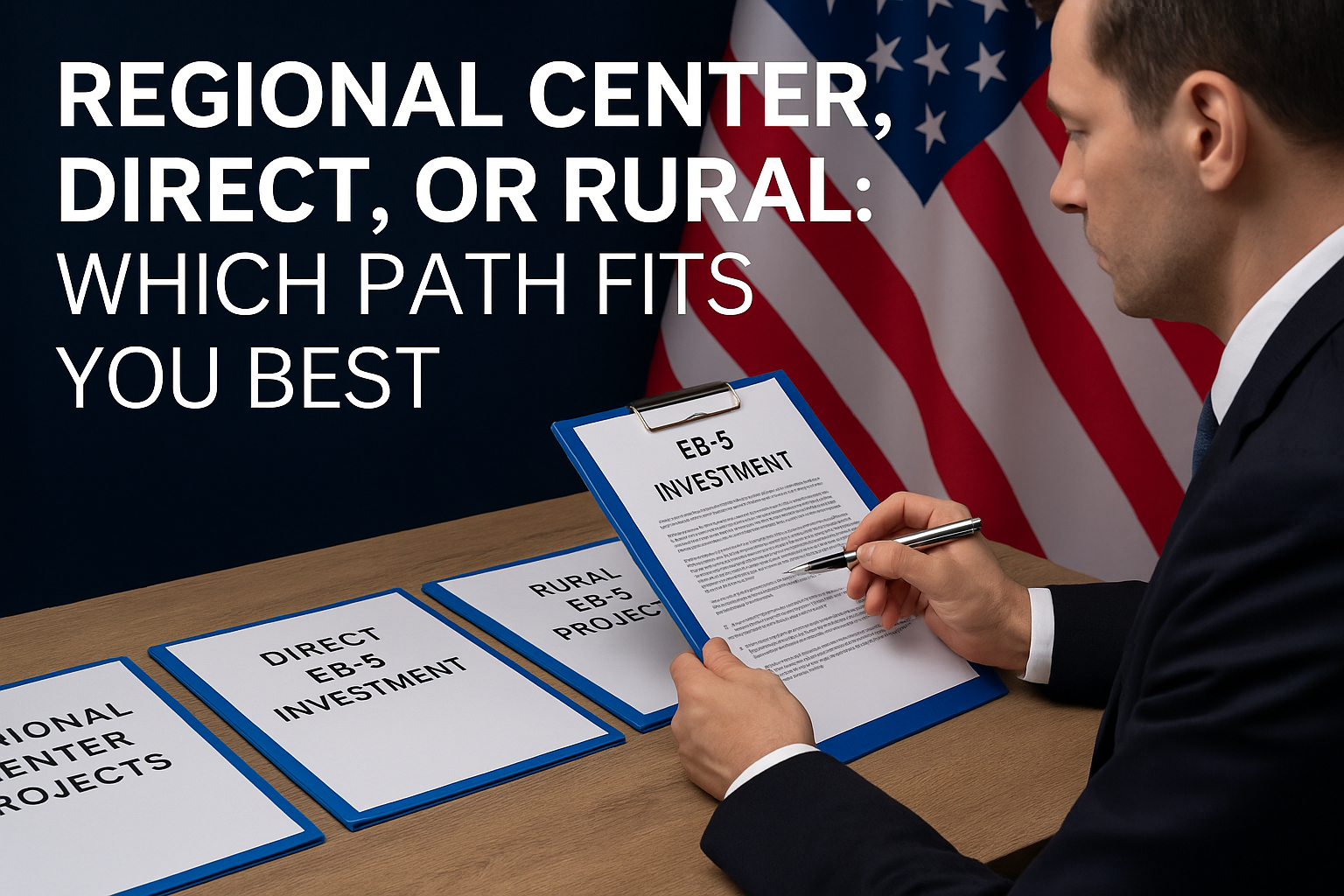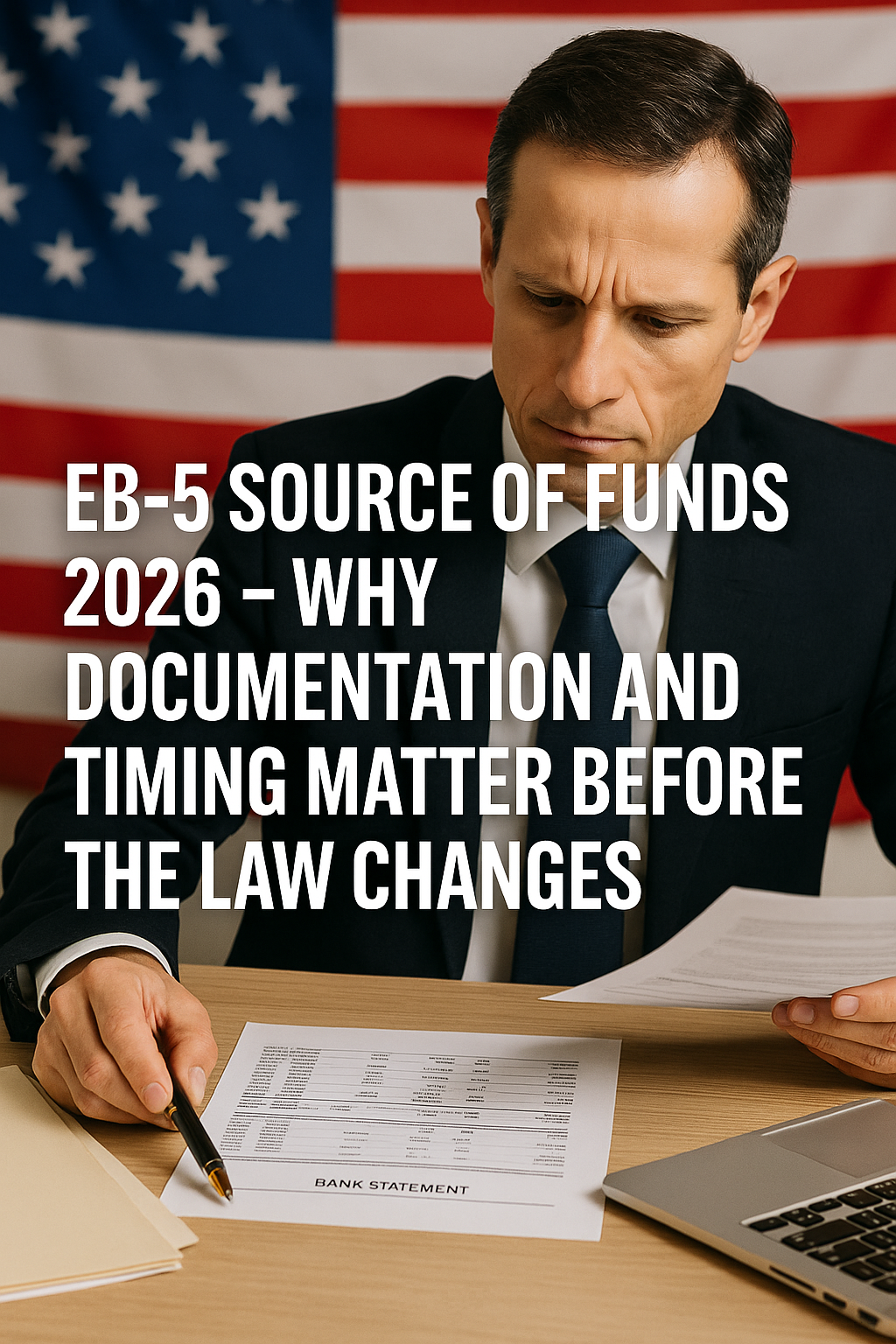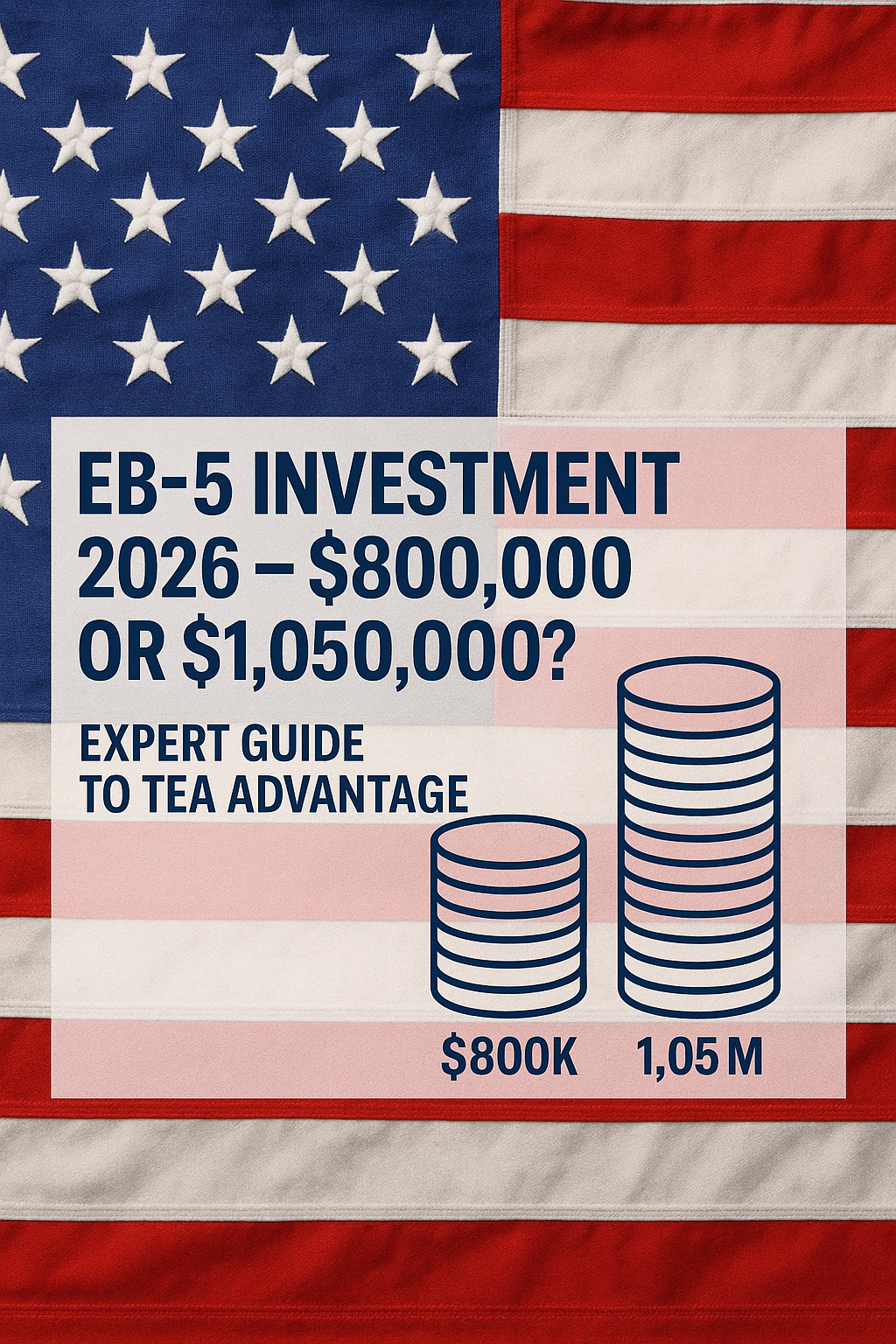Foreign Direct Investment (FDI) is often associated with high-growth industries such as technology, biotech, or digital services. In a world driven by innovation, it is natural to assume that global capital primarily seeks out the next “unicorn” or cutting-edge startup. However, the actual flow of investment tells a very different story. In emerging markets, nearly 80 percent of FDI is not directed into technology at all — but into real estate and infrastructure.
This distribution has far-reaching implications for governments, investors, and local communities. Understanding where capital is truly flowing — and why — is essential for anyone seeking to evaluate opportunities in today’s global economy.
Why the Assumption About Technology Persists
The narrative of technology-driven growth is compelling. Global headlines are filled with stories about fintech in Singapore, e-commerce in Vietnam, or artificial intelligence in India. Venture capital funding and media coverage tend to spotlight startups, accelerators, and disruptive innovations.
Yet, while these industries are highly visible, they represent a relatively small portion of the FDI landscape. The majority of technology investments in emerging markets come not from foreign direct capital but from venture capital, private equity, or domestic funding sources. By contrast, the FDI that governments actively court — the type that builds cities, employs thousands, and boosts GDP — tends to be much larger in scale and concentrated in physical, long-term assets.

Commercial real estate growth in financial districts is supported by strong foreign direct investment flows.
The Dominance of Real Estate and Infrastructure
Real estate and infrastructure have consistently attracted the largest share of FDI inflows in developing economies. There are several reasons for this dominance:
-
Urbanization and Housing Demand
Emerging economies are experiencing rapid urbanization. Vietnam, Indonesia, Nigeria, and many others are adding millions of people to their urban centers every year. The demand for residential projects, commercial office space, and industrial parks creates a steady stream of opportunities for foreign investors. -
National Development Priorities
Infrastructure is often the backbone of government development agendas. Roads, ports, airports, power plants, and telecommunications networks are not only politically popular but economically vital. Foreign capital helps finance projects that domestic budgets cannot fully cover. -
Stability and Tangibility
Unlike speculative technology ventures, infrastructure and real estate projects provide tangible assets. They are less volatile, more predictable, and often backed by government guarantees, tax incentives, or public-private partnerships. This makes them particularly attractive for institutional investors and sovereign wealth funds. -
Multiplier Effects
Investments in infrastructure create ripple effects across the economy. A new airport, for example, spurs growth in tourism, trade, and logistics. A housing development creates jobs in construction, retail, and services. These multiplier effects enhance the long-term sustainability of FDI.

Foreign direct investment is driving infrastructure and real estate projects in emerging economies.
Regional Illustrations
-
Vietnam has become one of Asia’s top emerging destinations for FDI, but the majority of inflows are still directed into manufacturing zones, industrial real estate, and supporting infrastructure.
-
United Arab Emirates (Dubai) has positioned itself as a global hub for FDI by leveraging world-class infrastructure and real estate developments, from ports and airports to luxury properties. Technology is growing, but the city’s backbone remains its physical assets.
-
Sub-Saharan Africa has seen a surge in FDI linked to energy projects, roads, and housing developments — critical areas for supporting young, fast-growing populations.
-
Latin America, particularly Brazil and Mexico, continues to attract billions in infrastructure investment, especially in energy and transportation, as governments seek to modernize outdated systems.
What This Means for Global Investors
For investors, the key insight is that headline-grabbing tech investments are not the main drivers of FDI returns in emerging markets. Instead, the most consistent opportunities lie in projects that provide essential services and assets.
-
Real Estate: Commercial, residential, and industrial real estate continues to offer stable returns, especially in countries experiencing population growth and urban migration.
-
Infrastructure: Energy, transport, and logistics investments may require higher initial capital but often provide steady long-term yields supported by government partnerships.
-
Public-Private Partnerships (PPP): Many governments are opening doors to foreign investors through PPP frameworks, which share risk while ensuring long-term viability.
For family offices, institutional investors, or high-net-worth individuals, this presents an important strategic choice: should one chase high-risk technology ventures, or secure stable, scalable returns from the assets that underpin national growth?

International investors collaborate on foreign direct investment opportunities in real estate and infrastructure.
Implications for Governments
From a policy perspective, the concentration of FDI in real estate and infrastructure highlights the importance of regulatory stability. Governments that provide clear land ownership laws, transparent bidding processes, and reliable legal frameworks are more successful in attracting foreign capital.
At the same time, there is a growing need for balance. Overreliance on real estate can lead to speculation or housing bubbles. Similarly, large infrastructure projects must be carefully evaluated to ensure they deliver genuine economic benefits rather than unsustainable debt.
Governments that successfully align FDI with long-term development goals — while maintaining incentives for innovation and technology — will be the ones that attract the most strategic and sustainable capital.
The Bigger Picture: Beyond Myths and Headlines
The misconception that FDI in emerging markets is dominated by technology underscores a larger issue: the gap between perception and reality. Technology represents the future, but the present demands for housing, roads, energy, and logistics are what shape the daily lives of millions.
For investors, policymakers, and even media professionals, recognizing this distinction is crucial. FDI is not about chasing the next trend; it is about building the foundations of growth.
As we look toward 2025 and beyond, the lesson is clear: the greatest opportunities in emerging markets are not always where the spotlight shines. They are often found in the less glamorous but indispensable sectors of real estate and infrastructure — the very assets that sustain economies, create jobs, and provide lasting value.













